
 call us : +8613866722531
call us : +8613866722531
 send a message : pweiping@techemi.com
send a message : pweiping@techemi.com
 call us : +8613866722531
call us : +8613866722531
 send a message : pweiping@techemi.com
send a message : pweiping@techemi.com
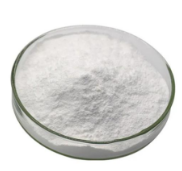
Name: Sodium bicarbonate CAS No.: 144-55-8 Appearance: White powder or opaque monoclinic system fine crystals Molecular formula: CHNaO3 Molecular Weight: 84.01 Melting point:>300 °C(lit.) PACKAGE:25KG/BAG
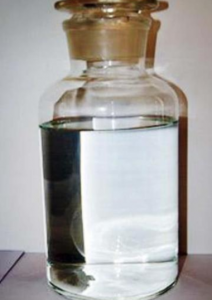
Name: Dichroromethylvinylsilane CAS number: 124-70-9 Molecular formula: C3H6Cl2Si Molecular weight: 141.07 EINECS number: 204-710-3 Mol file: 124-70-9.mol
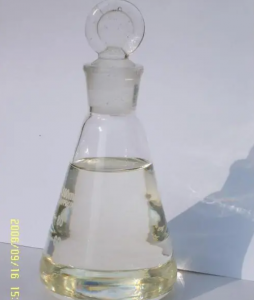
Name: Vinyltrimethylsilane CAS number: 754-05-2 Molecular formula: C5H12Si Molecular weight: 100.23 EINECS number: 212-042-9 Mol file: 754-05-2.mol
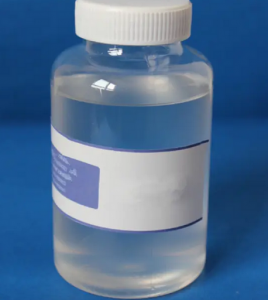
Name: Ethoxydimethylvinylsilane CAS number: 5356-83-2 Molecular formula: C6H14OSi Molecular weight: 130.26 EINECS number: 226-341-7 Mol file: 5356-83-2.mol
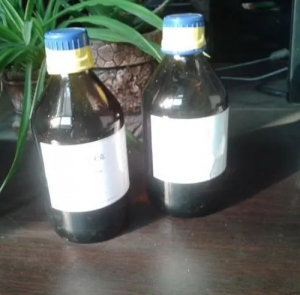
Name: CHLORODIMETHYLPINYLSILANE CAS number: 1719-58-0 Molecular formula: C4H9ClSi Molecular weight: 120.65 EINECS number: 217-007-1 Mol file: 1719-58-0.mol
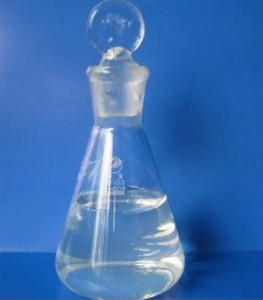
Name: 1,1,3,3-TETRAMETHYL-1,3-DIVINYLDISILAZANE CAS number: 7691-02-3 Molecular formula: C8H19NSi2 Molecular weight: 185.41 EINECS number: 231-701-1 Mol file: 7691-02-3.mol

Welcome to 138th China Import and Export Fair Dear Sir or Madam, The 138th Canton Fair is scheduled to open on October 15th, featuring continuous optimization of exhibition structure, various premium ...
AlP is used as a rodenticide, insecticide, and fumigant for stored cereal grains. It is used to kill small verminous mammals such as moles and rodents. The tablets or pellets, known as "wheat pills", typically also contain other chemicals that evolve ammonia which helps to reduce the potential for spontaneous ignition or explosion of the phosphine gas.
AlP is used as both a fumigant and an oral pesticide. As a rodenticide, aluminium phosphide pellets are provided as a mixture with food for consumption by the rodents. The acid in the digestive system of the rodent reacts with the phosphide to generate the toxic phosphine gas. Other pesticides similar to aluminium phosphide are zinc phosphide and calcium phosphide. In this application, aluminium phosphide can be encountered under various brand names, e.g. Celphos, Fostox, Fumitoxin, Phostek , Phostoxin, Quick Phos, Talunex, Fieldphos, and Weevil-Cide. It generates phosphine gas according to the following hydrolysis equation.
2 AlP + 6 H2O → Al2O3∙3 H2O + 2 PH3It is used as a fumigant when other pesticide applications are impractical and when structures and installations are being treated, such as in ships, aircraft, and grain silos. All of these structures can be effectively sealed or enclosed in a gastight membrane, thereby containing and concentrating the phosphine fumes. Fumigants are also applied directly to rodent burrows.
 online service
online service +8613866722531
+8613866722531 pweiping@techemi.com
pweiping@techemi.com pweiping
pweiping +8613866722531
+8613866722531